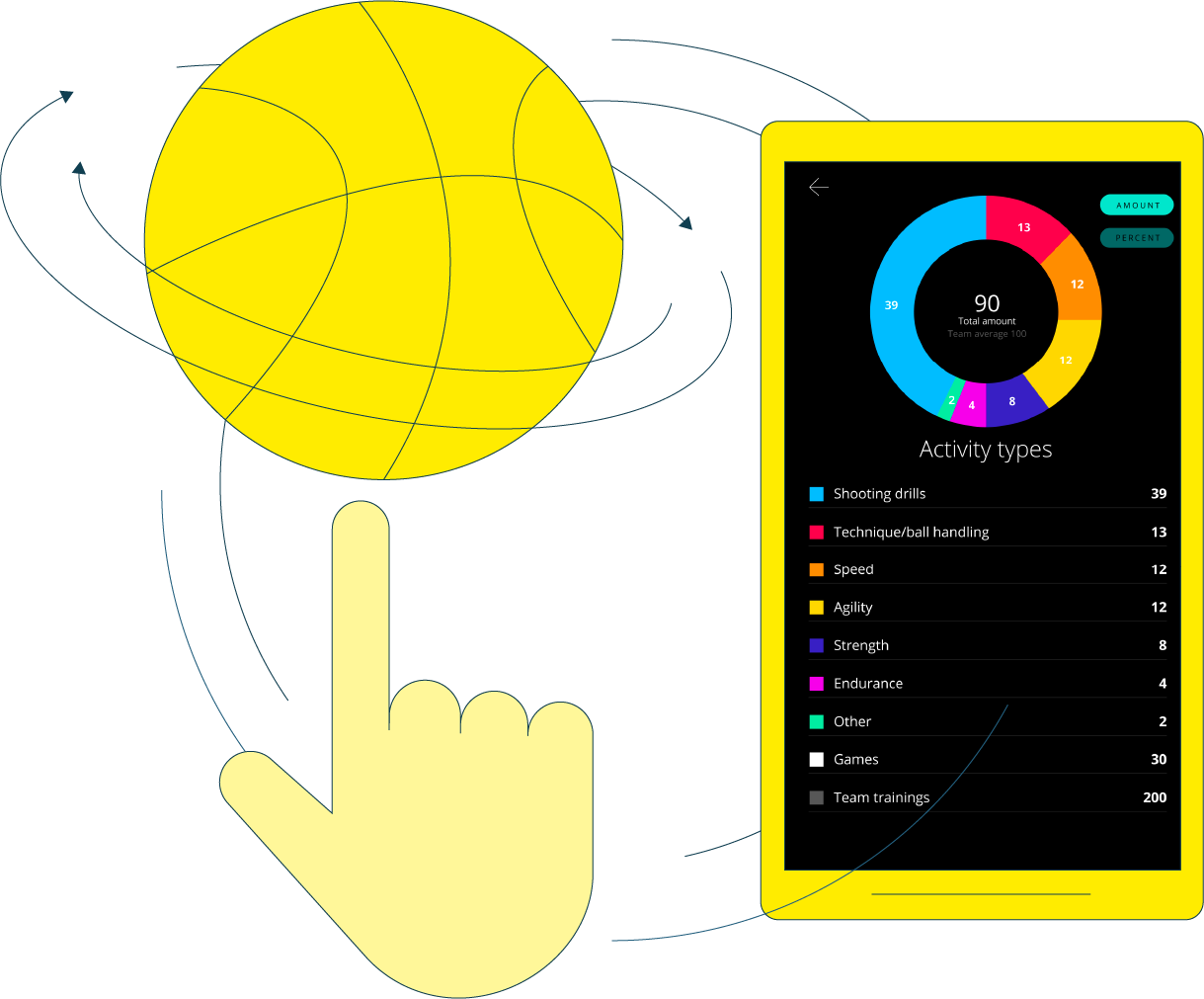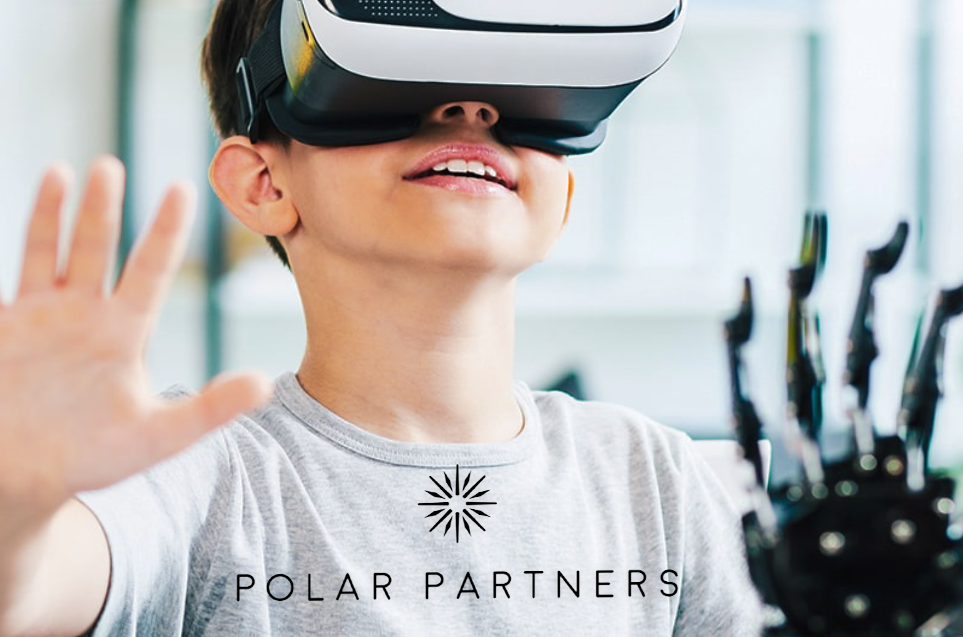
Focusing on values that embrace humanity and sustainability
Rethinking work
To take care of the well-being of their employees, businesses need to rethink how they structure assigned work. This will depend on the internal workings and culture of the company. Employing technology, AI and automation can allow employees to have shorter workdays, work remotely and thus optimize their efficiency. Technology is changing the way we work, and the traditional approach to work is no longer sufficient to meet everyone involved in the business’ needs. We need new, efficient ways to conduct processes.
Authenticity
Gen Z are digital natives, and they are entering the world of work and simultaneously becoming the biggest consumer market. What makes Gen Z different is that they are extremely focused on authenticity, diversity, inclusivity, equality, sustainability, and ethical consumption. To cater to this population, businesses need to make sure that they are producing products that have small to non-existent carbon footprints. Authentic brands and companies embody their values and culture as well as conduct all their actions wholly based on this. They live and stand by their values and make decisions accordingly. Brands and businesses need to be inclusive of, or cater to, people of all ability levels. They have to embrace equality and diversity.
Sustainability
Sustainability is a massive trend and can be seen in all industries, from fashion to food to tourism and architecture. Consumers are highly eco-conscious, and they want to know where their products come from. This can be done by using technology in labeling or on the packaging that allows the consumer to see from where their product or produce originated, which path it followed to get to where it was bought, and what was involved in getting it there. The packaging of products should be minimalistic and 100% recyclable or reusable. Consumers are aware of their impact on the environment, and this makes them very focused on the ingredients producers use in their products. Producers need to be conscious and aware of their consumers’ needs and wants. The demand for natural and cruelty-free products is ever-increasing, and some cosmetic companies have even focused on the amount of water used in their manufacturing.
Ethics
Never before in human history have consumers had information at their fingertips via the accessibility of the internet as they have now. Scandalous acts that companies try to hide their misconducts can quickly become widely known. Consumers use readily available information, which has made them ultra-aware. Aware of what it takes to make the products they consume and what the impact of their consumption is. Investments have been made in companies that create artificial meat to curb cruelty to animals in the food and beverage industry. Luxury brands are now becoming vegan, ethically catering to the needs of their consumers. Consumers ultimately want companies that not only share their values but live them too.
Embracing nature
Companies are becoming aware of nature’s healing and calming qualities. Also, working environments aim to bring nature indoors. You may see treehouse meeting rooms and walkway waterfalls. And not only does this apply in corporate work areas but also retail. A new type of environment advances creativity and innovative thinking. Healthy employees have higher levels of productivity and thus making sure your employees have surroundings to aid in their well-being improves the efficiency of a business.
Companies that can embrace the changing standards associated with ways of working and production will be successful in the near future. When the well-being of all is taken seriously, and businesses align themselves with this purpose, they are well on their way to success. Sustainability should be a core value of all companies that hope to be top achievers in their field. Doing good makes a profitable business.







